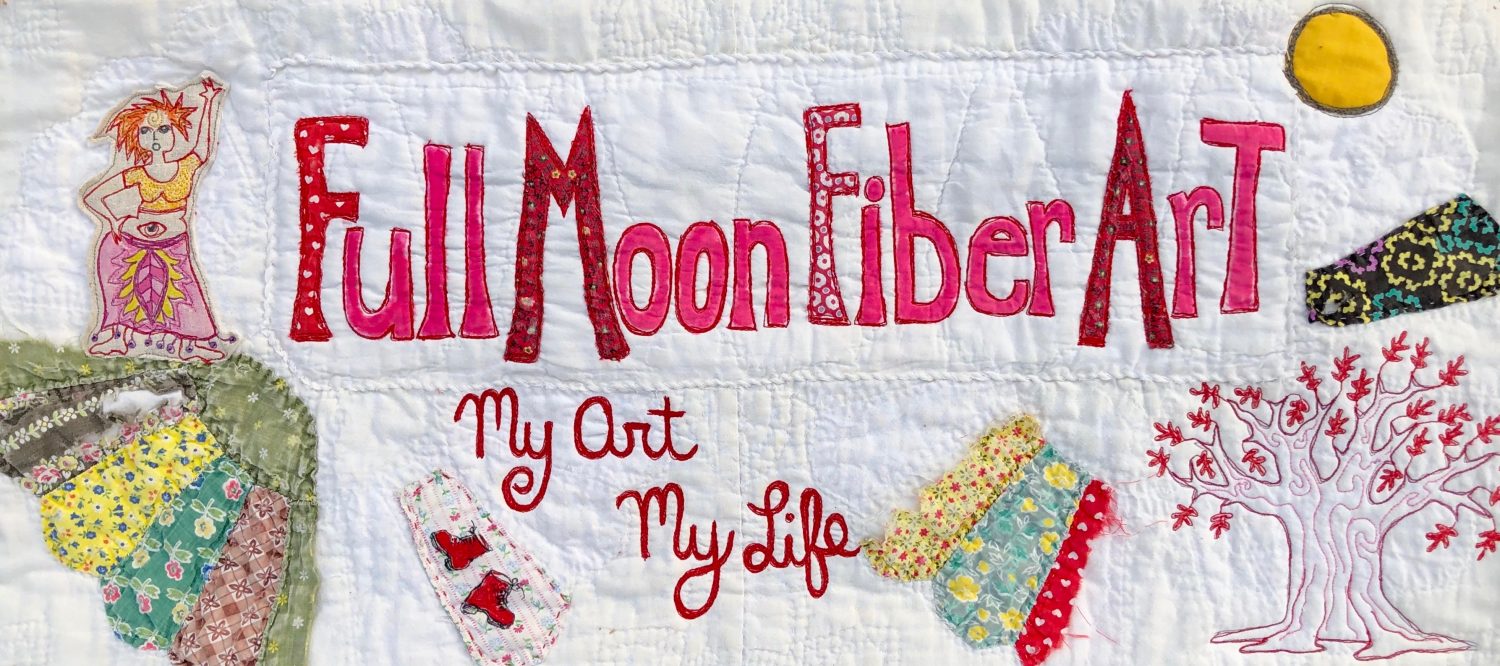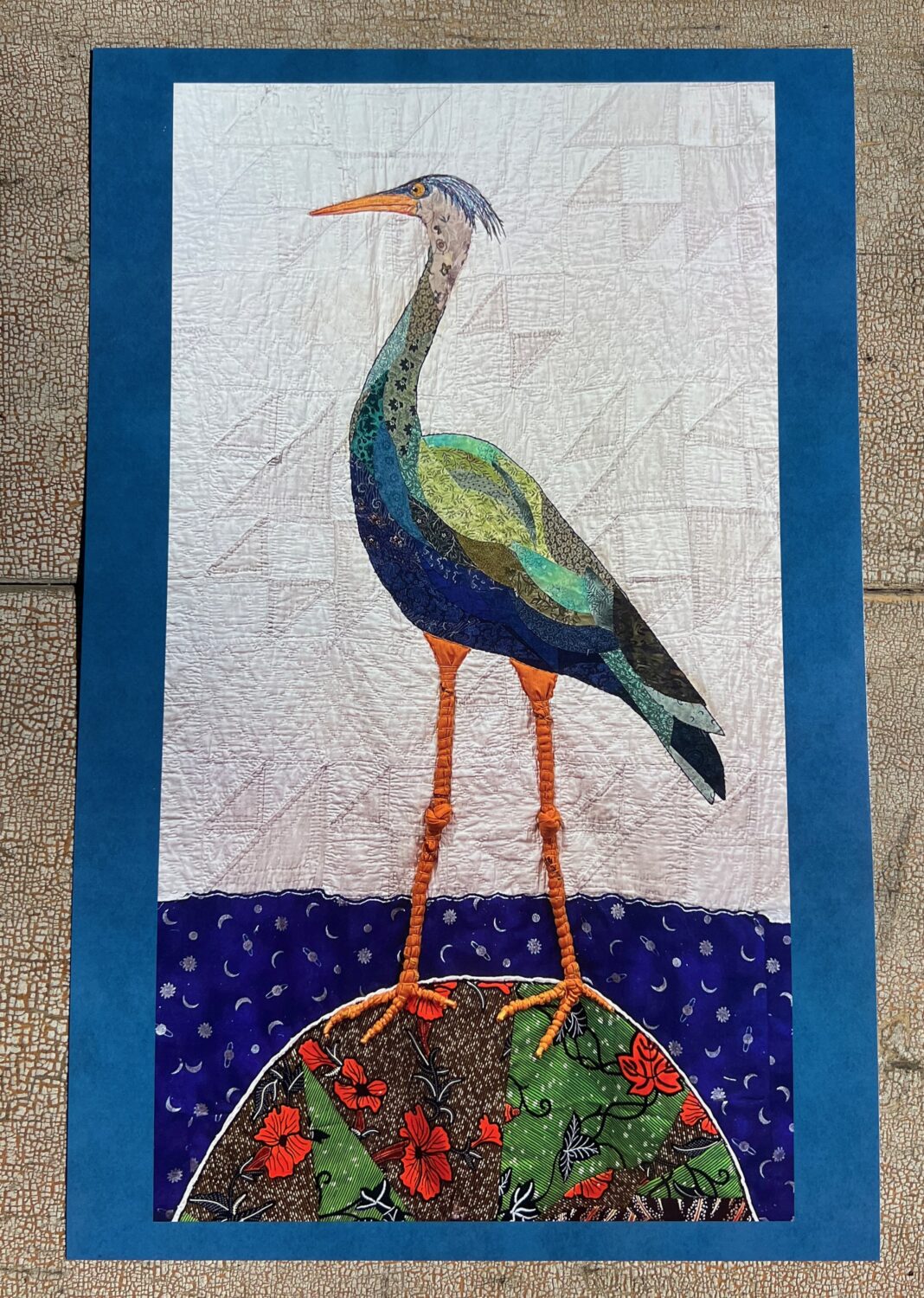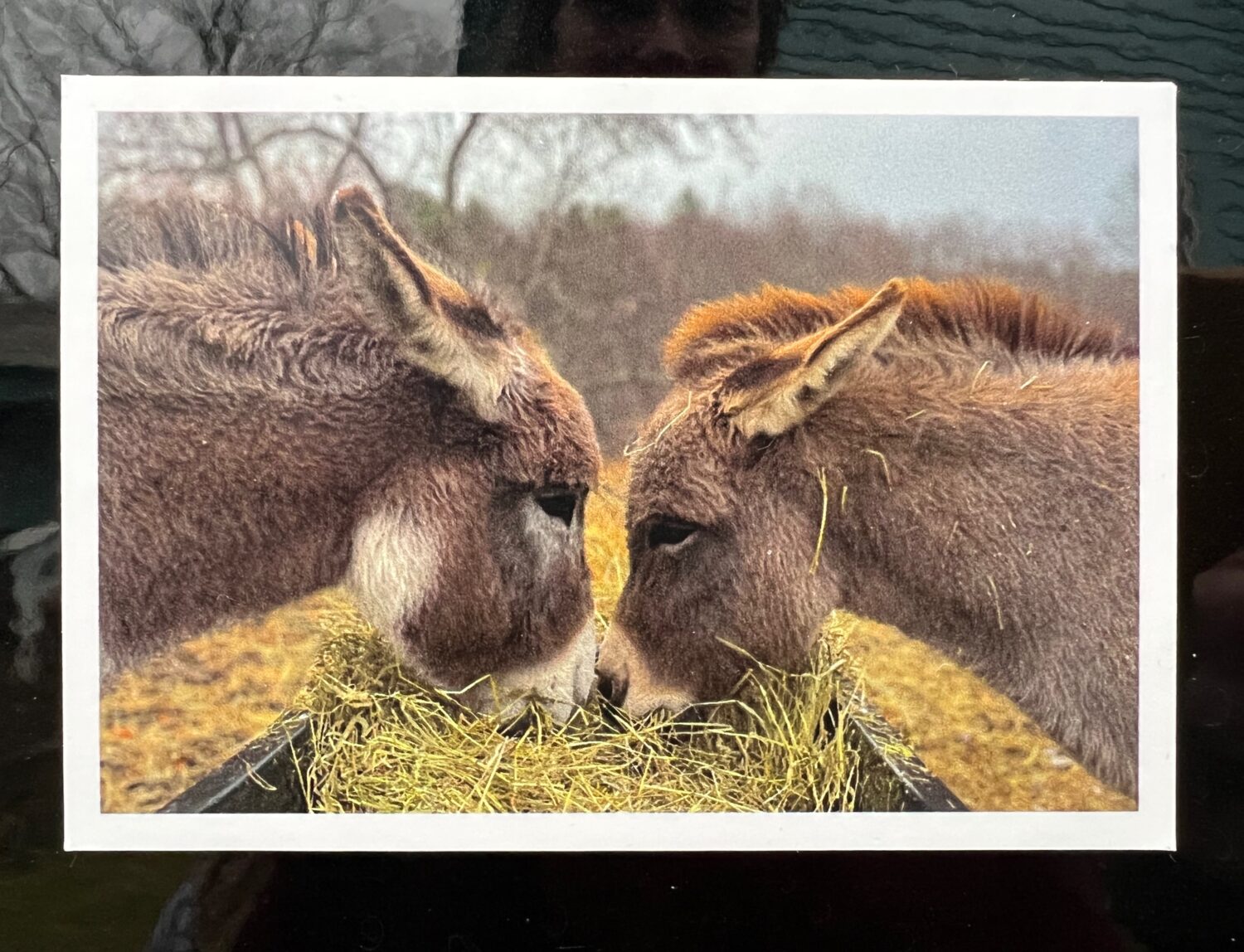
We sat in Soma’s livingroom with the women who work with her, and their families. The children sat on the floor and told us their names. They stayed home from school so they could be there. The day had the feeling of a holiday about it.
Soma worked her way up at one of the jewelry making shops at an organization called Her Future Coalition. She started out by learning how to make jewelry and now she manages the shop.
But that wasn’t enough for Soma. She wanted to help the women in her village earn a living. Traditionally, they wouldn’t work outside the home, but Soma knew they needed the money to help support their families.
So she started House of Hearts.
She set up a room in her house with six sewing machines and some women from the neighborhood started making blankets. Soma sold them from her house and through some of the organizations she’s connected too.
But, she told us, 2016 was a hard year. The blankets (which are beautiful many with hand stitching. I bought two of them along with a couple of fabric shopping bags and a hand bag) stopped selling. Now they were experimenting with new products, but were still having a hard time marketing the things they were making.
As Soma told her story I knew that this was the place where the potholders could make a difference. That I could show the women, who already knew how to sew, to make potholders and provide the market, through my website,to sell them.
I didn’t know the details of exactly how this would work, but Kelly, who organized the trip through her company The Village Experience, did. Along with Dahn and Nadine, she does this kind of work all the time.
Dahn offered to make the initial investment in the potholders. We would place an order for 100 potholders and pay for them. Then, when the order was filled it would be shipped to me and I would sell the potholders on my website. I will then donate the profits from the potholders to Heart House.
But first I had to show the women how to make the potholders.
Oddly enough, I wasn’t worried about the language barrier, though none of the women spoke English. I started by doing a demonstration. Looking through the pile of material, which were mostly scarps from the blankets, I found two piece I liked and went to sew them together.
Until I realized the sewing machine had a treadle. I moved over to let one of the women show me how to pump the machine with my feet, but instead she just started sewing. We used hand signals to communicate, and there was a translator for the tough stuff. But for the most part we communicated with the one language we both spoke, sewing.
It didn’t take long for the top of the first potholder to be made.
Now we needed the batting. And this is part of what makes me believe that this was meant to be. I was wondering what we would use for insulation for the potholders. I was trusting that we could come up with something, when Soma said she had big rolls of cotton batting that she used for the blankets. We’d have to test it out, but it seemed a little miracle to me.
Our work was interrupted by lunch, which turned out to be a feast, as it had for all visits to the different organizations throughout the week. The table was filled with bowls of delicious homemade food. I had a little of everything, and dessert too.
It was during lunch that someone told me that the women were making potholders while I ate. I had to stay out of the work space, because they wanted to surprise me.
I was touched an amazed. These women completely got it. In such a short time they learned the process and created five beautiful and unique potholders. And from what I could see it looked like they were enjoying it.
The only part we still weren’t sure of was if the batting would work and how much of it to use. So Soma boiled some water on the stove and I picked up the hot metal pot using one of the potholders.
It worked so well, I was able to carry the pot into the living room, have someone take a picture of me holding it then return it to the kitchen.
Because of the batting, the potholders are thicker than the ones I make, but they’re even softer and as flexible.
As thrilled and grateful and just happy at the way this all worked out, I have to admit I’m still having a hard time wrapping my head around it. Even though I held the potholders in my hand, and took a selfie with the women who made them, it still doesn’t seem completely real.
Maybe I’ll have to wait for that first order of 100 potholders to come in the mail before it does.
Soma has big plans for Heart House. Someone donated a piece of land to the organization, not far from her house. Soma want to build a workshop and retail space on it.
There’s some resistance to the work Soma is doing. She’s been threatened by people who don’t like the idea of women working outside the home and earning money. But Soma is determined. She believes it’s up to her to help pave the way, so the next generation of girls can have a better life.
If I can, I’d like to help her make that happen.
















Those are beautiful. Will you post photos of the blanket, ect. that the women made?
I just posted the picture that Kelly took. It’s the only one I have of the blankets.
wonderful news.
So much love.
Dear, Dear Maria!! This is exactly what your trip is about, helping other women discover themselves thru art and make a living at it at the same time! The real miracle in this whole venture is you! How I thank you for allowing us to travel with you by posting pictures and your thoughts all along the way. Annie